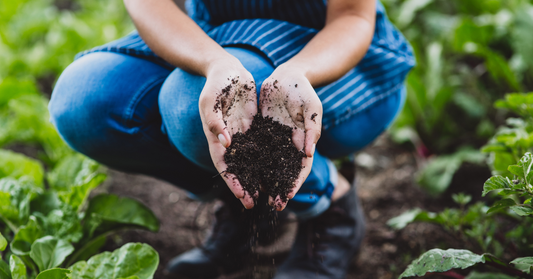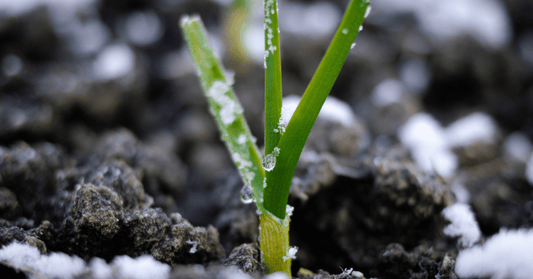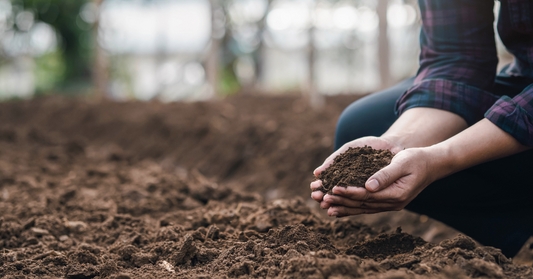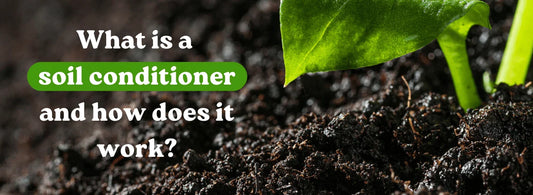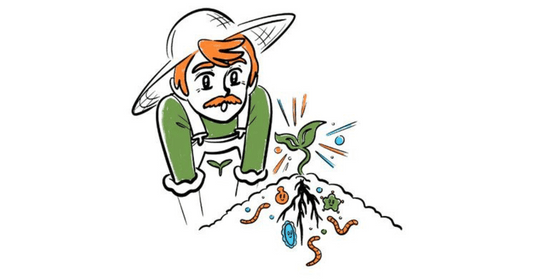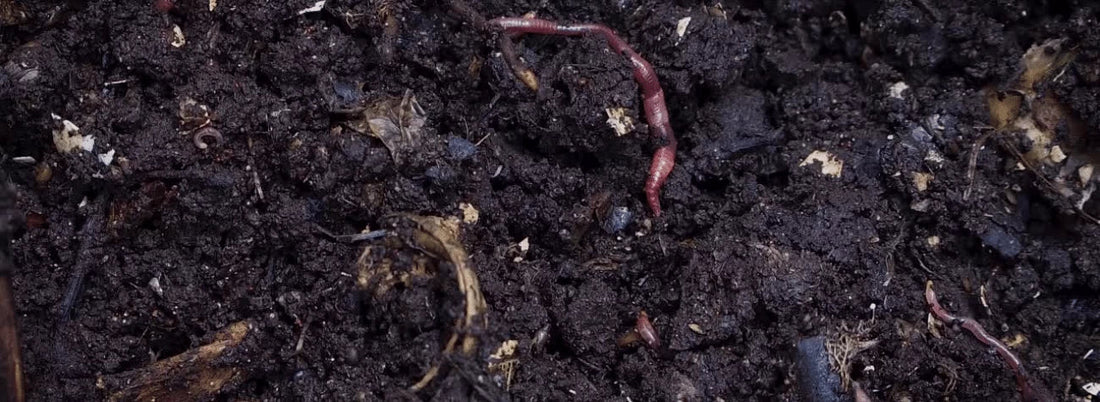
How to Use A Soil Conditioner

When irrigating a garden with EM-1® moisten the top 3-4 inches of soil to ensure that the EM-1® penetrates into the rhizosphere (root zone), or apply after rain.
EM-1® soil conditioner should be more frequent during your first couple of years of use to ensure the populations of beneficial microbes in EM-1® are established. Over time, EM-1® will improve soil structure, moisture retention, and nutrient cycling allowing EM-1® application frequency to be reduced. Applications are not soil specific or plant specific. However, in sandy soils that tend to not hold moisture, the addition of organic matter is crucial to success with any product. Follow some of the instructions for making bokashi or compost with EM-1® in addition to a regular EM-1® program.

Based on years of experience we have learned that the optimum application rate for average soils in most climates is equal to a rate of 40 gallons per acre per year for the first one to two years. This will result in an average household with a 1/2 acre of yard buying 1 gallon of EM-1® per year and activating it into 22 gallons of Activated EM-1® for use on all landscaping and gardening areas, including vegetable gardens, flower gardens, and lawns. You may wish to have a soil analysis before using EM-1®. Soils that have higher levels of organic matter and have not been treated with conventional synthetic fertilizers will require significantly less EM-1® than soils with low organic matter and those that have been treated with synthetic fertilizers, are compacted, and have had high incidences of diseases in the past.
For best results, incorporate EM-1® with lots of organic matter, getting the organic matter percentage up to 3% or higher. Combine EM-1® with organic (carbon-based) materials such as humates, plant wastes, animal manures, or other organic garden supplies on a regular basis. Also practicing minimum tillage will help maintain that organic matter.
